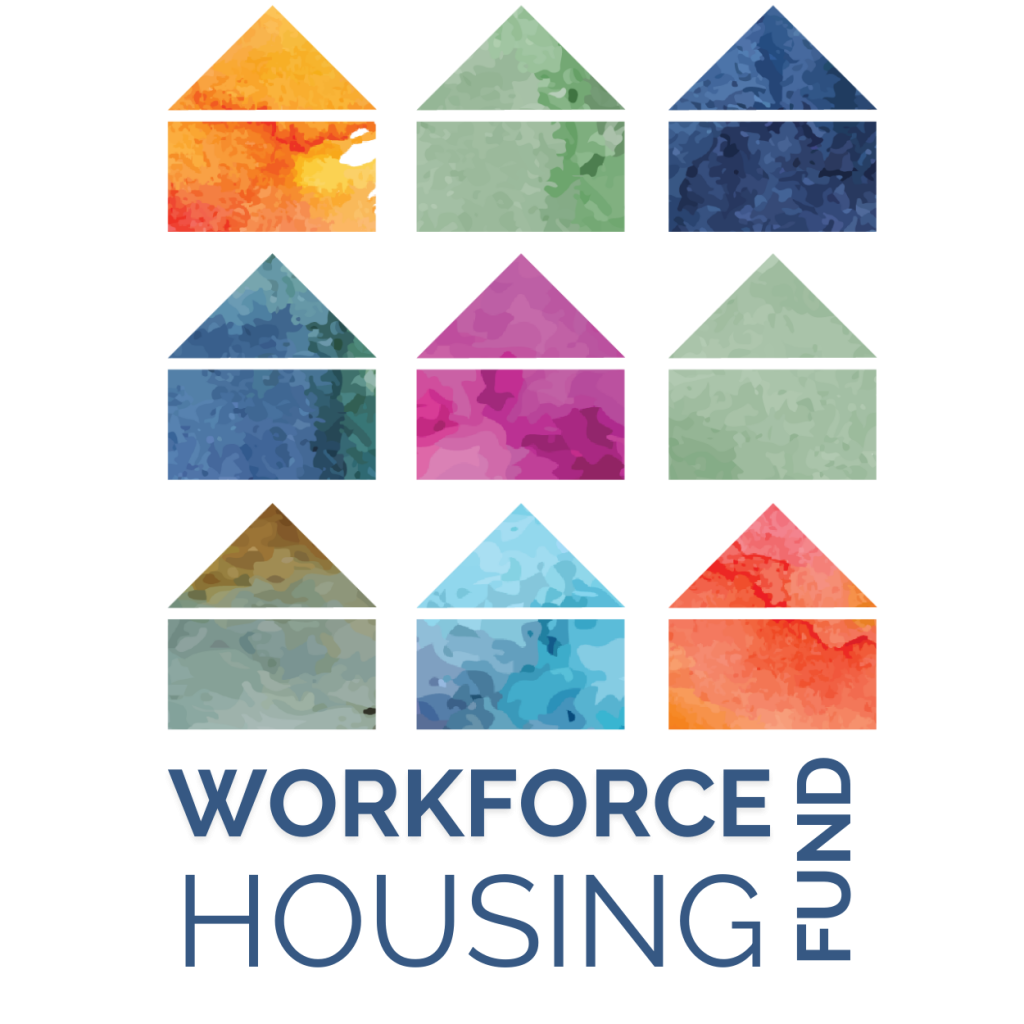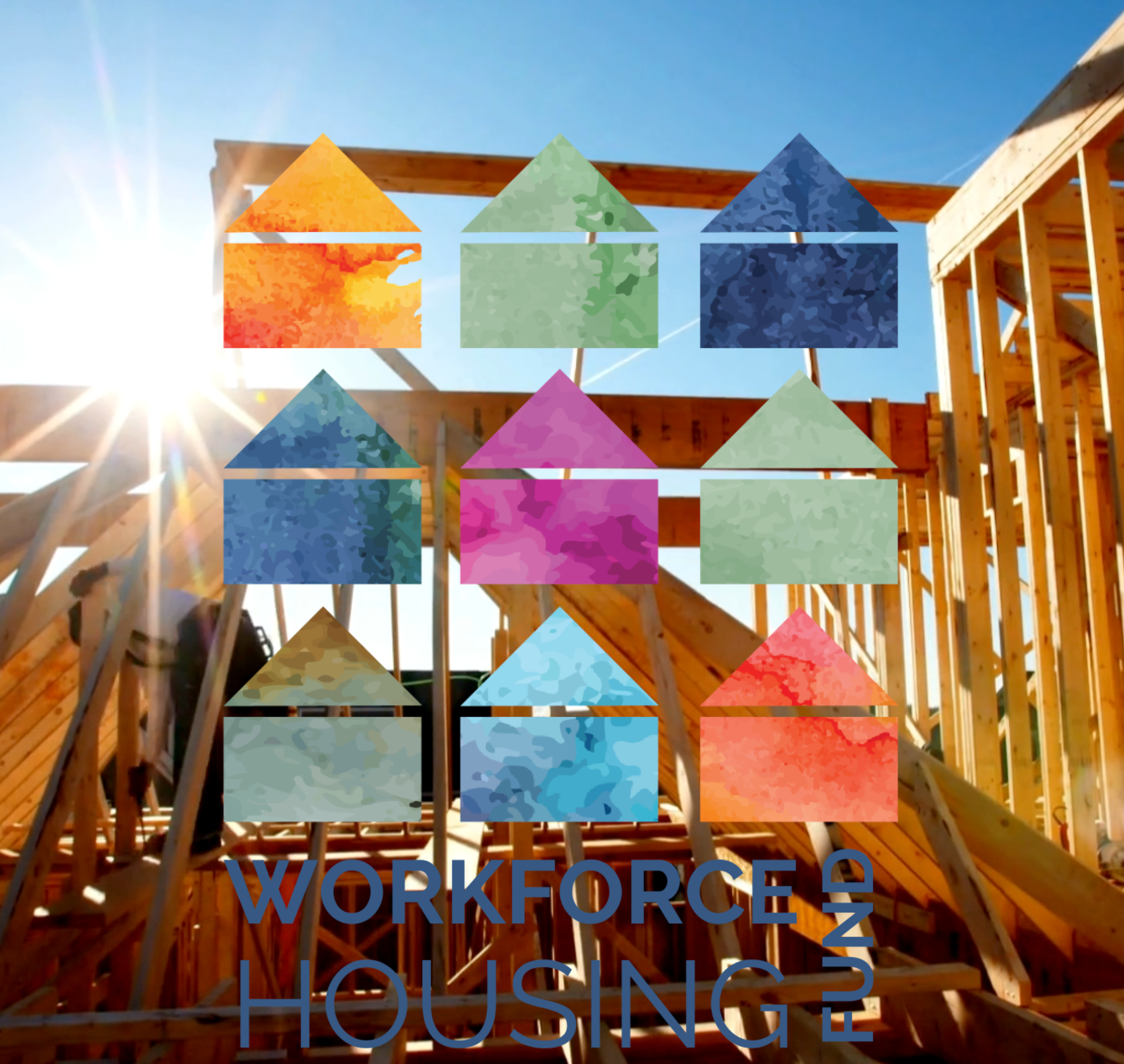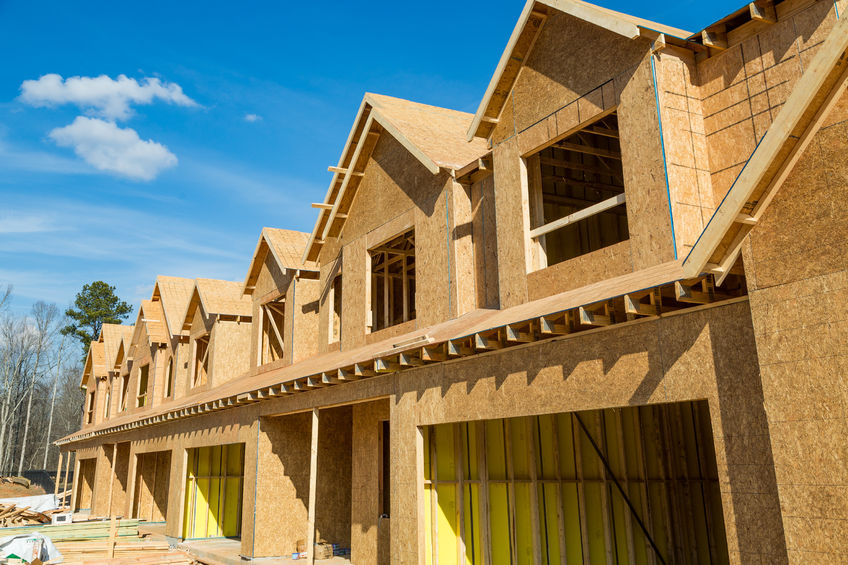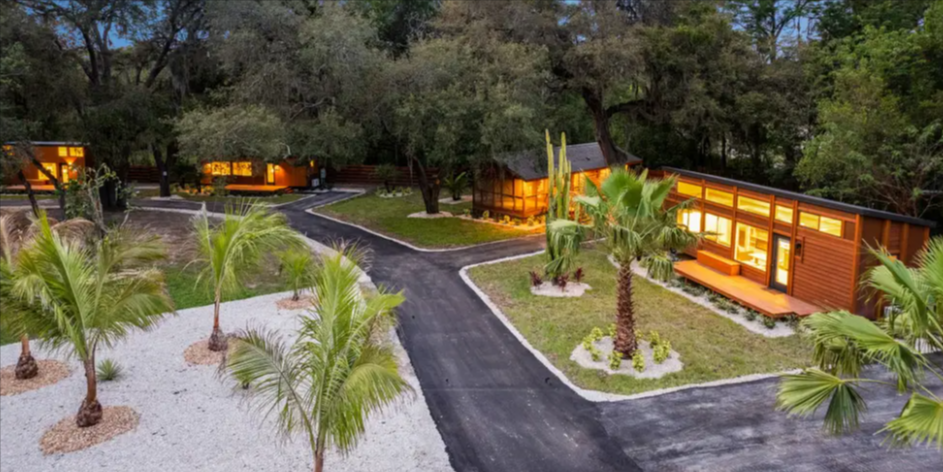
Attainable Affordable Workforce Housing Solutions
Build To Rent BTR
Supporting BTR Infill & Subdivision Projects Nationwide
Consulting
Strategic Partnerships For Builders Developers & Housing Stakeholders
Capital Markets Advisory
Providing Senior Debt Mezzanine & Preferred Equity Solutions
Joint Ventures
Co-GP Joint Venture Partnerships for Institutional & Family Office Investors
Lot & Subdivision Acquisitions
Seeking Platted Subdivision Acquisitions Nationwide
Investment Opportunities
Investor Aligned Syndications for Accredited Investors
ATTAINABLE WORKFORCE HOUSING IS A NECESSITY FOR ALL THE ESSENTIAL WORKERS THAT MAKE OUR COMMUNITIES GO
The Workforce Housing Affordability Crisis
The people in our communities that make things go are feeling a deep squeeze due to the housing crisis. Our teachers, healthcare workers, caregivers, emergency workers, essential workers and our neighbors are feeling a squeeze.
Affordable, Attainable Workforce housing might be the most critical property niche in the country.
Workforce Housing might be the most critical property niche in the country
The need for product is profound, with the national housing shortage stacking up to over 5 million homes, and the opportunity for developers & investors is tremendous. Yet the vertical is nonetheless highly specialized, with its own verbiage, underwriting metrics, government incentives and regulations keeping the field esoteric to other commercial real estate professionals.
Housing affordability worsened during the pandemic as home prices and rents barely paused during the brief recession and then quickly accelerated as the economy reopened. Costs of both for-sale and rental housing are rising much faster in secondary and tertiary markets as people fleeing pricey gateway markets bid up residential prices in the smaller destination markets. With housing production falling far short of new household formations, affordability will likely continue to deteriorate in the absence of significant private-sector and government intervention. Housing affordability is crucial in creating a diverse workforce and deliberate inclusion efforts that help to drive equitable outcomes that can lead to the broader economic development of our society, which benefits everyone.
WHY BTR BUILD TO RENT
IS A SOLUTION
Workforce Housing Fund Provides Attainable & Affordable Housing Solutions
Workforce Housing Build To Rent (BTR) communities are rapidly becoming an essential component of affordable housing solutions, offering a new avenue for addressing the housing crisis. The BTR model, where developers build residential properties explicitly for the rental market, has several compelling advantages that make it an attractive investment and a vital part of the housing ecosystem.
- Accessibility and Affordability: BTR communities are often designed with affordability in mind. By focusing on the rental market, developers can create housing options that cater to various income levels. This inclusivity ensures that more people can access quality housing without the financial burden of purchasing a property.
- Quality and Consistency: BTR developments are typically managed by a single entity, ensuring consistent quality and maintenance across the community. This professional management translates to better living conditions for residents and a more attractive proposition for potential renters.
- Community Building: BTR communities often include shared amenities and communal spaces that foster a sense of community and belonging. This community-centric approach enhances the living experience and can create a supportive environment, particularly for those who might otherwise struggle to afford such amenities.
- Sustainability: Many BTR developers are embracing sustainable building practices, incorporating energy-efficient designs, and using environmentally friendly materials. This focus on sustainability not only reduces the environmental impact but can also translate to lower utility costs for residents.
- Investment Opportunities: For investors, BTR offers a stable and potentially lucrative investment avenue. With a focus on long-term rentals, BTR can provide steady cash flow and capital appreciation. The growing demand for rental properties, coupled with the social imperative for affordable housing, makes BTR a sound investment choice.
- Flexibility and Adaptability: BTR communities can be designed to meet the specific needs of the local population. Whether catering to families, young professionals, or seniors, these developments can be tailored to provide the most relevant and desirable housing solutions.
- Economic Stimulus: BTR developments often stimulate local economies by creating jobs and encouraging local spending. This economic boost can have positive ripple effects across the community.
- Alignment with Social Goals: By contributing to the availability of affordable housing, BTR aligns with broader social goals and governmental initiatives. This alignment can lead to support from public entities, further enhancing the viability and success of BTR projects.
Workforce Housing Build To Rent communities represent a multifaceted solution to the complex challenge of affordable housing. By combining financial accessibility with quality, community, sustainability, and investment potential, BTR is not just a trend but a transformative approach to housing. It offers a win-win scenario for residents, investors, and society at large, making it an essential part of the future of housing.
CAPITAL MARKETS SOLUTIONS
FOR DEVELOPERS BUILDERS AND INVESTORS OF ATTAINABLE WORKFORCE HOUSING & BUILD TO RENT PROJECTS
Workforce Housing Fund
Land Purchase & Lot Development Private Debt Fund
- Up to 85% LTC for Acquisition and Improvements
- There is no interest reserve; interest is paid at take-out.
- Lot buyer deposits can be used towards equity contribution, effectively
allowing sponsor to put in as little as 5-10% of total capital required - Fully Entitled Project Prior to Funding
- Purchase contracts with deposits for lots in place prior to closing
- Nonrecourse with bad-boy carve outs
- PFS/ balance sheet review
- Borrower liquidity review
BTR, MF and Condo Development Private Debt Fund
- Up to 85% LTC for Acquisition and Improvements
- Fully Entitled Prior to funding
- Term sheet for take-out financing, or purchase contract needed (exit in place).
- Nonrecourse with bad-boy carve outs
- PFS/ balance sheet review
- Borrower liquidity review
- Funding up to $20M per phase
BTR, MF Development Financing | HUD/FHA Agency Debt
- Up to 85% LTC for Acquisition and Improvements
- Fully Entitled Prior to funding
- Nonrecourse with bad-boy carve outs
- PFS/ balance sheet review
- Borrower liquidity review
- No cap on financing
- Can take up to a year for funding approval
Lot Development Equity
- We’ll place in-house equity on top of debt products we place with lenders we know.
- Ideally $2M-$5M per deal, larger deals considered.
- Fully Entitled Prior to funding
- Purchase contracts with deposits for lots in place prior to closing
- PFS/ balance sheet review
- Borrower liquidity review
Preferred Equity | JV Co-GP Private Equity Funds
- Preferred Equity | Minimum sponsor equity requirement 10%
- Joint Venture | Co-GP: This is available for experienced sponsors/developers to fund up to 100% of land acquisition costs for projects meeting IRR requirements and optimized exit strategy.


